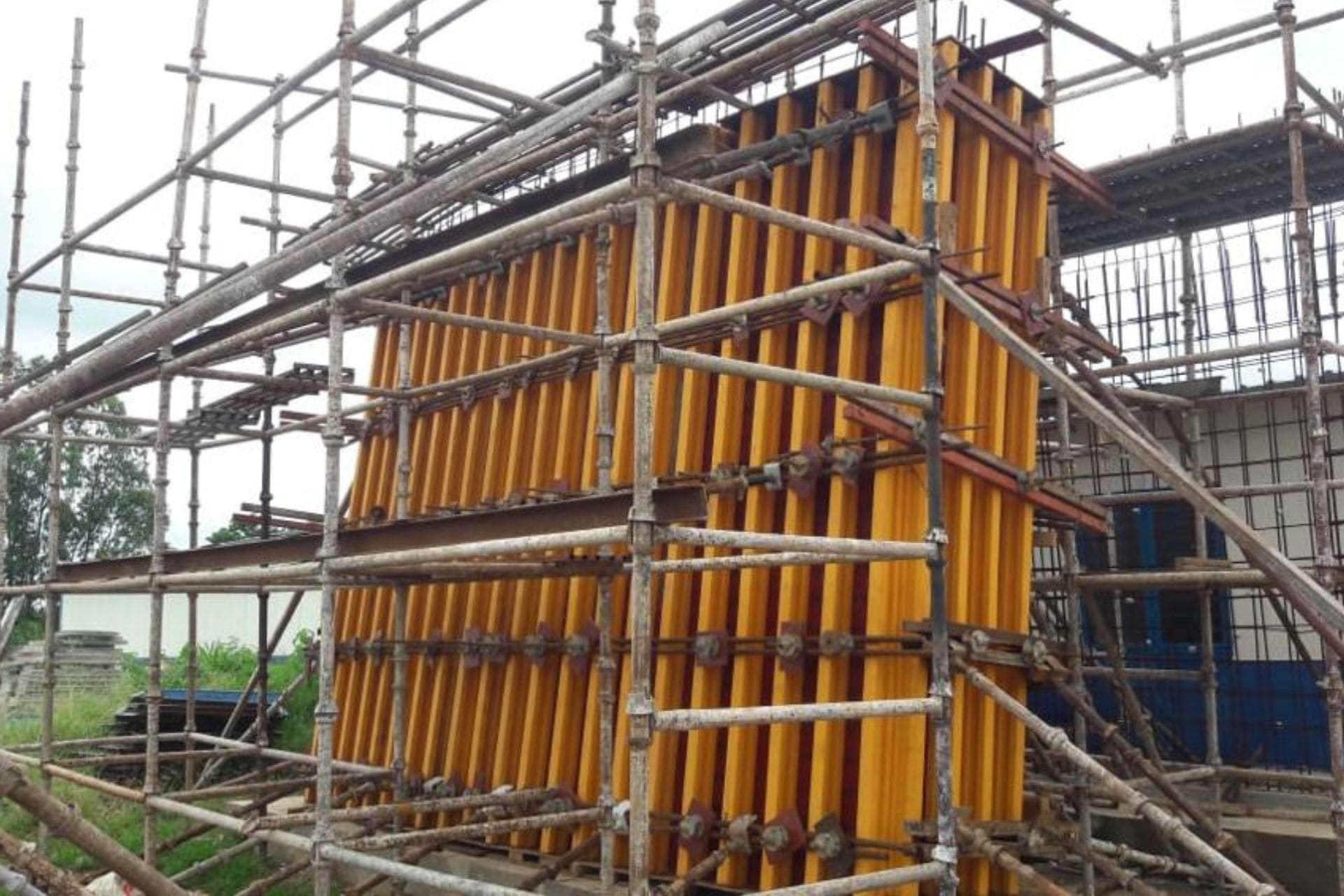You have made the decision to take on a concrete slab project! A well-poured concrete slab is the first step in realizing your dreams of a new patio, a strong shed foundation, or a basketball court for weekend competitions. But meticulous preparation and planning are essential before you start combining and pouring. To guarantee that your DIY concrete project is a success, this tutorial will take you step-by-step through the whole procedure.
First Step: Permits and Planning
Dimensions and Style: On paper, sketch out the measurements of the slab you want. Think of how the slab will be utilized and where any equipment or furnishings will go. Don’t forget to factor in edging (more on that later) when calculating the final size.
Inspections and Permits: Local building codes differ. To find out if a permit is necessary for the scale of your project, contact the building department in your area. Additionally, they might have particular demands regarding the setbacks from property borders, reinforcing, and slab thickness.
List of Materials: Below is a general overview of what you should probably have:
- Lumber for forms (treated or staked for ground contact)
- Stakes and rebar ties (for securing forms)
- Crushed gravel (base material)
- Landscape fabric (optional, for weed control)
- Rebar (reinforcement for larger or weight-bearing slabs)
- Concrete mix (pre-bagged or ready-mix)
- Edging materials (optional, for a finished look)
- Safety gear (gloves, eye protection, dust mask)
- Tools (tape measure, level, hammer, saw, wheelbarrow, shovels, screed board, edger, trowel, float)
Step 2: Setting Up the Site
Excavation: After marking the slab’s perimeter, dig the area down to the required depth. The base material and finished slab thickness will normally be between 4 and 6 inches (but they may be thicker for higher loads).
Consolidating the Basis: Using a plate compactor or tamper, completely compact the crushed gravel that has been dumped into the excavated area. Your concrete will have a solid foundation as a result.
Form Setting: After cutting the lumber to the appropriate slab height, put the formwork around the outside in place. Make sure the forms are plumb (exactly vertical) and level before fastening them with stakes and rebar ties.
Step 3: Optional Reinforcement
Strengthening with Rebar: Think of using a rebar grid for larger slabs or ones meant to support heavy loads. Steel reinforcement known as rebar helps keep cracks from forming. Consider the recommended size and spacing for the intended use of your slab.
Step 4: Is it better to use a bagged mix or ready-mix concrete?
Choose between a bagged concrete mix that you can mix yourself or ready-mix concrete that is delivered in a truck. Although ready-mix is quicker, a smooth pour needs more workers and preparation. Although it takes more manual labor, the bagged mix gives greater flexibility for smaller projects.
Concrete Mixing: Pay close attention to the manufacturer’s recommendations and make sure the water-to-cement ratio is right for a finished product that is robust and long-lasting.
Concrete Pouring: Keeping the surface level with the screed board, start the concrete pouring process at one corner and work your way outward. To smooth and level the concrete, place the screed board on the formwork and drag it back and forth in a sawing motion.
Pro Tip 1: Maintain a slight pitch (about 1/4 inch per foot) away from your house or any structures to ensure proper drainage.
Pro Tip 2: For larger slabs, consider pouring in sections with strategically placed construction joints (dividers) to control cracking.
Step 5: Concluding Details
Edging: Use an edger to produce a neat, finished edge around the perimeter of the concrete once it has started to cure but is still usable, usually within 30 to 45 minutes.
Floating: Using a trowel, smooth the concrete surface and eliminate any air bubbles or flaws after a brief period of setting (typically 1-2 hours).
Pro Tip 3: Before the surface completely dries, use a stiff broom to lightly brush across it to create a broom-finished texture (perfect for patios or walks).
Step 6: Moisture Curing
It Is Crucial The concrete can attain its maximum strength through the curing process. To keep the surface moist for a few days, apply plastic sheeting or a curing substance (usually 3-7 days).
Watering: Lightly misting the concrete surface multiple times a day, particularly in hot weather, will keep it wet and serve as an alternative to curing chemicals.
Pro Tip 4: To ensure proper curing timeframes, check the mix guidelines for details. Do not walk on the freshly poured concrete for at least 24 hours, and do not place heavy objects on top for at least 72 hours.
Step 7: Optional Expansion Joints
The Movement of Concrete: When the temperature changes, concrete naturally expands and contracts. Addition of expansion joints may be necessary to prevent random cracking. These are tiny separators that are embedded in the slab; they are usually composed of sealant or pre-formed plastic.
Joint Location: For patios and walkways, expansion joints are typically positioned every 8 to 12 feet, as well as around any structures that border the slab.
Step 8: Forms Removal
It’s Important to Be Patient: Prior to removing the forms, let the concrete set fully. This usually takes two to three days, depending on the thickness of the slab and the weather.
Removal with Care: Using a pry bar, carefully peel the forms away from the concrete. Take care not to harm the slab’s edges.
Step 9: Cleaning Up and Scrap Disposal:
Get rid of remaining concrete and building waste in an environmentally friendly manner. For correct methods, consult your local garbage disposal rules.
Tool Cleaning: Give your tools a good cleaning before putting them away. If leftover concrete is not cleaned up right after, it can harm tools.
Extra Things to Think About
Weather: Steer clear of pouring concrete when it’s really hot, raining, or windy. These circumstances may have an impact on the curing process and jeopardize the slab’s ultimate strength.
Working with Others: If the job is more extensive, you might want to hire a helper or two. It will be easier and less taxing on the body to complete the process with more hands during the mixing, pouring, and finishing phases
Professional Assistance: Don’t be afraid to speak with a concrete contractor if you have any questions regarding any part of the job. They can guarantee that your project complies with regional building codes and safety requirements and offer insightful guidance.
Your own concrete slab pouring can be accomplished with success if you take these precautions and processes into account. For any do-it-yourself job, keep in mind that meticulous planning, adequate preparation, and attention to detail are essential to establishing a strong, long-lasting concrete surface. Now go off, get your supplies, and prepare to make something substantial!


